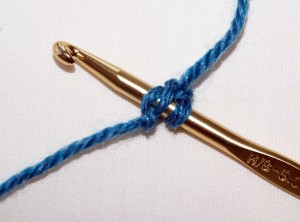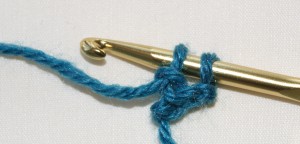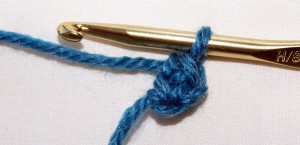Your iron is one of your best friends when it comes to sewing, quilting and sometimes even crochet projects. Sometimes you actually need to iron with it (gliding it back and forth); then there are those times you only want to press with it (holding it in one place); and often times you just want to steam with your iron (holding it above your piece and using the steam feature). It really is such a versatile tool!!
It is always best to use your iron according to the directions stated within your specific project and make sure your settings are accurate for the type of fabric/material that you are using. Make sure you have a nice pressing cloth readily available to use with those fabrics that you don’t want to place your iron directly on to. Also, it is good for you physically to get up and move around, get the old blood following and not sit forever behind your sewing machine.
Using a tailor’s ham with your iron will give your sleeves, shoulders and/or necklines a very professional finished look. Depending upon what you are sewing, sometimes just a finger press will do the trick. I use the side of my thumb nail and rub back and forth along the seam to help hold it in place. There are some very nice little tools that will give you the same results as your nail too.
I always have my iron and ironing board set up in my sewing/craft room. You can even set up one of those little ironing boards and place it on your dining room table if that is where you sew. Most importantly, don’t overlook the importance of pressing seams, facings, hems, etc., your project will love you for it.
Once in a while, be sure to use a good iron cleaner to keep your sole plate clean to help with smooth gliding and insuring nothing yucky gets transferred onto your project!! I personally like a product called Ez-Off because you can use it directly onto your hot iron and it removes all kinds of residue that I seem to get onto the bottom of my iron.
Enjoy your creating moments but remember too that sometimes those small processes like pressing will really make a big difference within your finished item.
- TIP: I use an inexpensive tablecloth as my pressing cloth. It gives me the options of using a single layer or folding it many times for a thicker pressing cloth. Also, if using a single layer, I can see through it to my project.
HAPPY CREATING!!
Disclaimer: This post contains affiliate links – “small commission earned”











